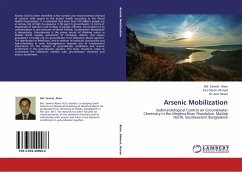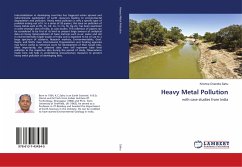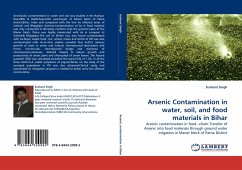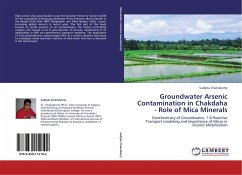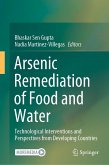Arsenic (As) has been identified as the number one environmental chemical of concern with regard to the human health according to the World Health Organization. It is estimated that more than 100 millions people are at serious risk of high As exposure (50 mig/L) in groundwater. In terms of magnitude of exposure and number of people affected, the problem of As contamination in groundwater of North Matlab, Southeastern Bangladesh is devastating. Groundwater is the prime source of drinking water in Matlab North upazila, sub-district of Chandpur district, and where population is heavily rely on groundwater from Holocene alluvial aquifers. The distribution of lithofacies, and its relation to hydraulic conductivity and hydrochemistry in such heterogeneous deposits are of fundamental importance for the analysis of groundwater conditions and arsenic enrichment in the groundwater aquifers. This book, therefore, helps to understand the sediments' relation with groundwater chemistry and arsenic enrichment.
Bitte wählen Sie Ihr Anliegen aus.
Rechnungen
Retourenschein anfordern
Bestellstatus
Storno

